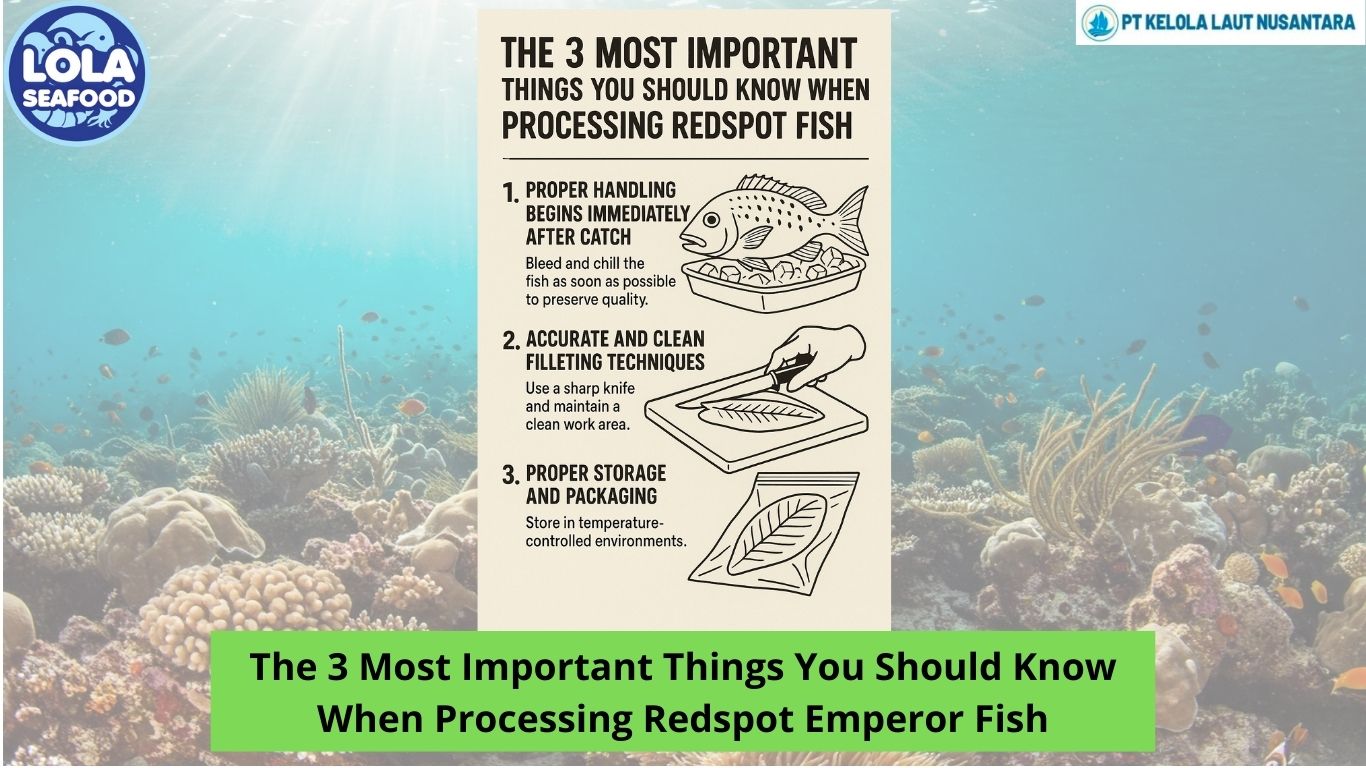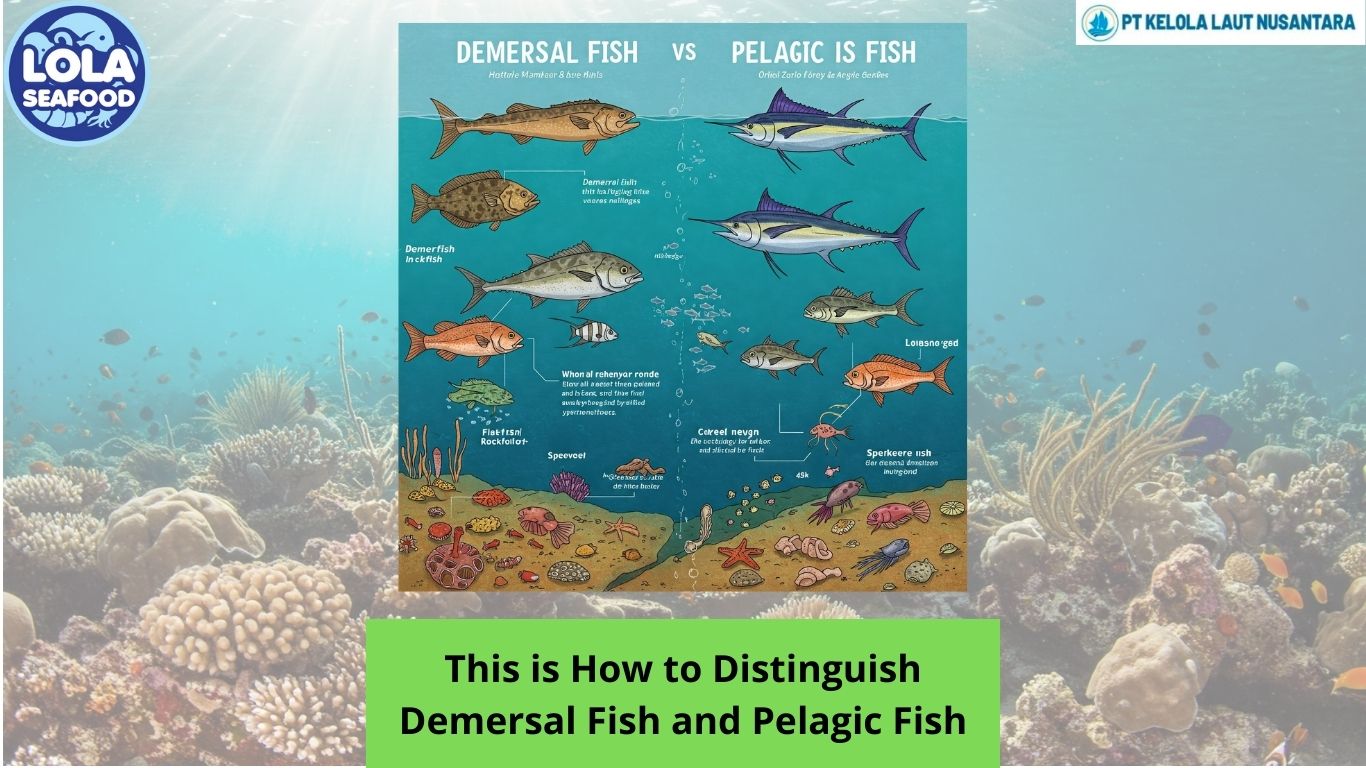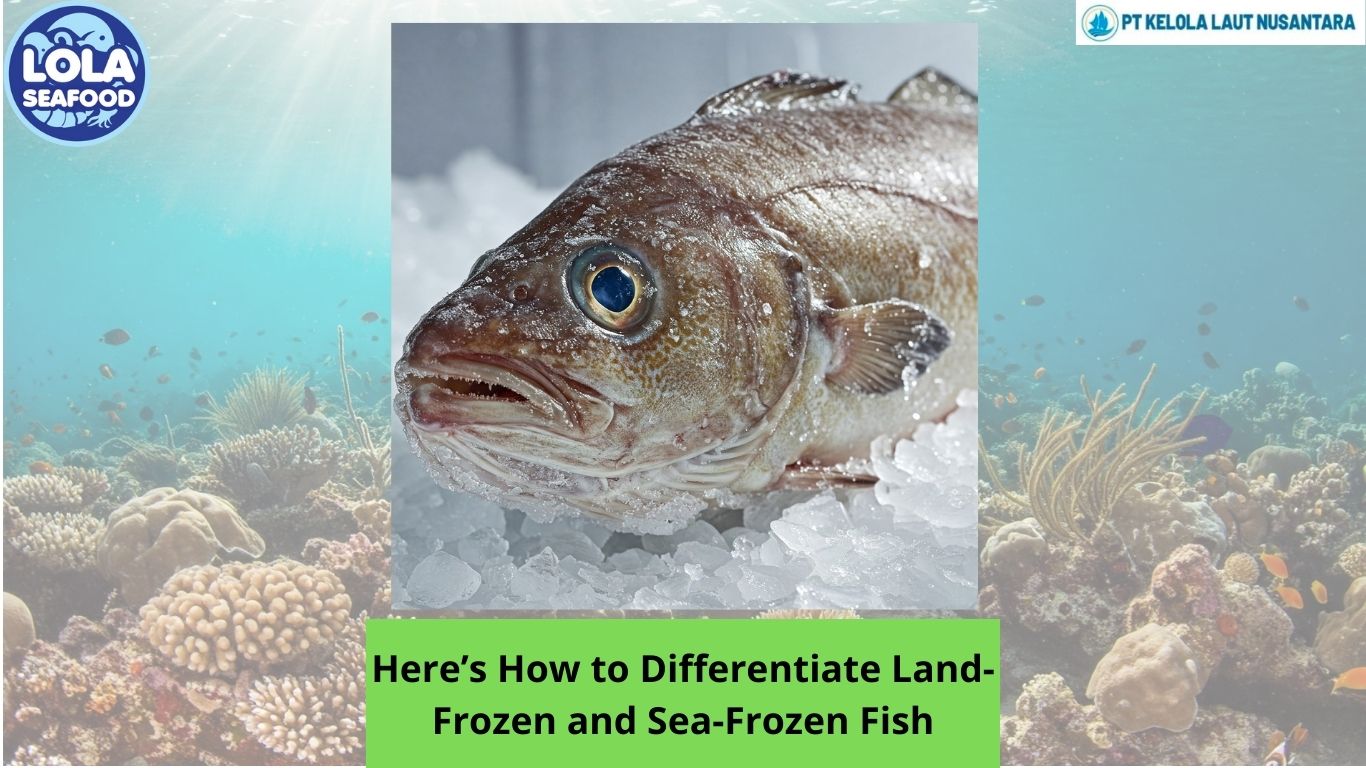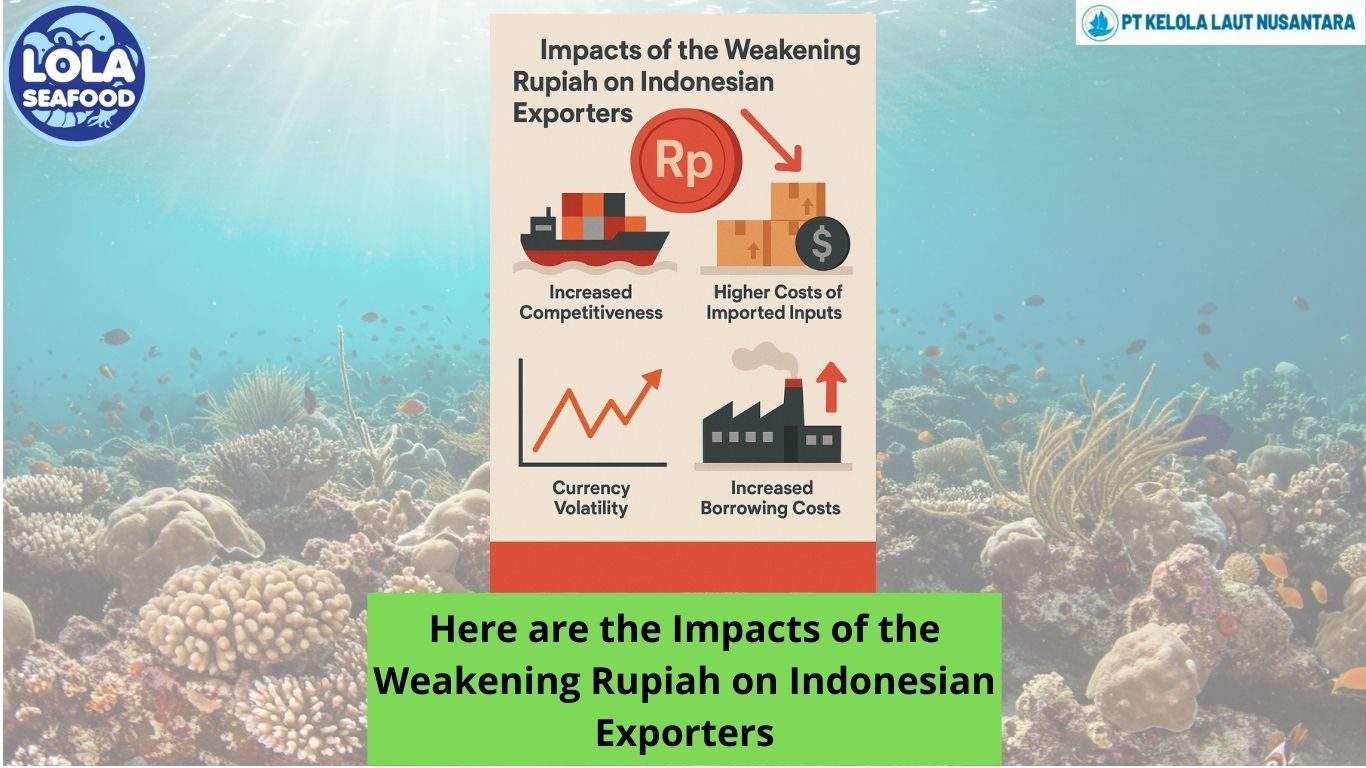Here are the Characteristics of Sweetlips
By. Fajar - 17 Feb 2025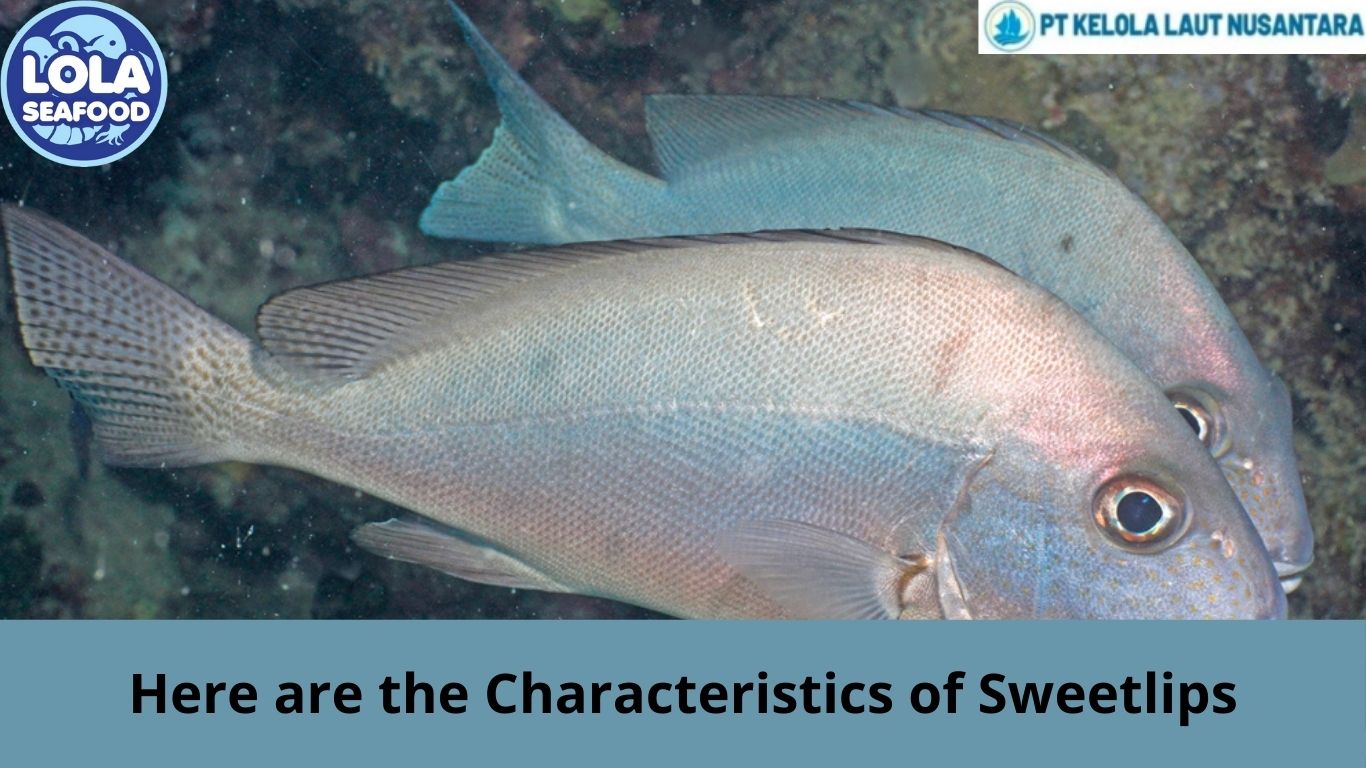
Kelolalaut.com Sweetlips, scientifically known as Diagramma labiosum. Found predominantly in tropical and subtropical waters, these fish are well-known for their distinctive appearance, unique behaviour, and ecological significance.
Physical Characteristics
Sweetlips are recognized by their thick, fleshy lips, which become more pronounced as they mature. They have elongated; laterally compressed bodies covered in smooth scales. Their coloration varies significantly between juveniles and adults. Juvenile sweetlips display bright, contrasting colours, often with dark bands or spots, which fade into more uniform shades of grey, brown, or yellowish tones as they mature. This colour transformation helps them blend into their coral reef or rocky habitats, providing better camouflage from predators.
The dorsal fin of sweetlips is continuous, with a spiny anterior section followed by a softer posterior. Their pectoral and pelvic fins are well-developed, aiding in precise manoeuvrability within their habitats. Another distinctive feature is their large, downward-facing mouth, which is adapted for foraging on benthic invertebrates.
Habitat and Distribution
Sweetlips are commonly found in coral reefs, lagoons, and coastal waters across the Indo-Pacific region, including the Red Sea, northern Australia, and Southeast Asia. They prefer shallow to moderate depths, typically ranging from 5 to 40 meters. Their reliance on reef structures makes them highly susceptible to habitat degradation, particularly from coral bleaching and overfishing
Behaviour and Diet
Sweetlips are diurnal and exhibit different behaviours during their juvenile and adult stages. Juveniles tend to display erratic swimming patterns, mimicking toxic or unpalatable species to deter predators. As they grow, their swimming style becomes more stable and deliberate.
They primarily feed on small crustaceans, molluscs, and other benthic invertebrates, using their thick lips to suck prey from crevices. Their feeding activity plays a crucial role in maintaining the ecological balance of reef ecosystems by controlling invertebrate populations.
Reproduction and Lifespan
Sweetlips reproduce through external fertilization, where males and females release sperm and eggs into the water column. Spawning usually occurs in warmer months when environmental conditions are optimal. Larvae drift as plankton before settling into reef environments as juveniles.
In the wild, sweetlips can live for several years, with longevity influenced by factors such as predation, habitat quality, and fishing pressure. They are occasionally targeted in commercial and recreational fisheries, though their relatively slow growth rate makes them vulnerable to overexploitation.
Ecological Importance and Conservation
Sweetlips play a vital role in reef ecosystems by regulating populations of small invertebrates. However, their populations are at risk due to habitat destruction, climate change, and overfishing. Conservation efforts, including marine protected areas and sustainable fishing practices, are essential to preserving their populations.
Sweetlips (Diagramma labiosum) are fascinating fish with unique physical and behavioural traits. Their striking juvenile coloration, habitat preference, and ecological role make them an essential species in marine ecosystems. Protecting their habitats and ensuring sustainable fishing practices are crucial for maintaining healthy populations of these remarkable fish.
If youre interested in our Sweetlips Whole Round / Whole Gilled Gutted Scaled, Sweetlips Fillet Skin On, and Sweetlips Fillet Skinless please do not hesitate to contact us through email and/or whatsapp.
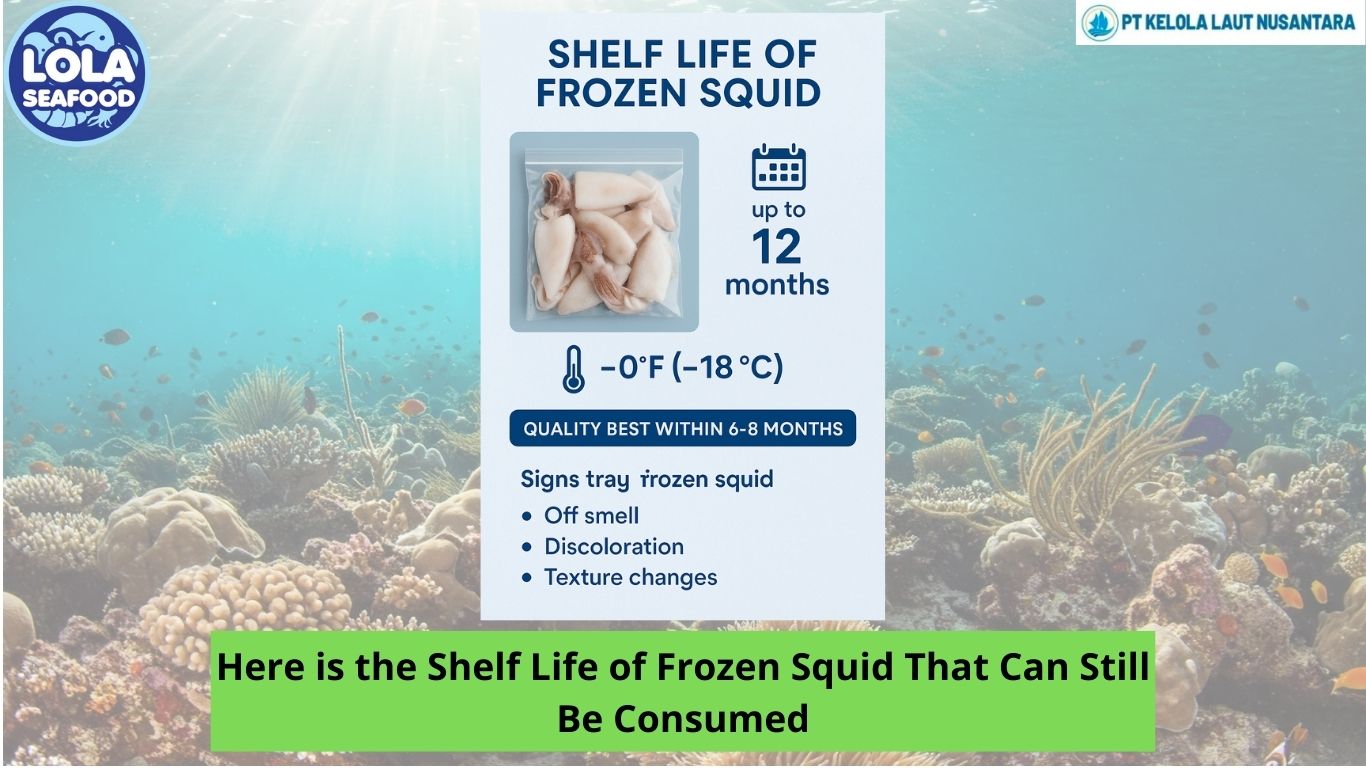
.jpg)
.jpg)
.jpg)
